Hurricanes
Disasters and ResponseThe increased hurricane activity predicted for future decades has serious implications for the important work of Montgomery Botanical Center. The recovery process at and any garden begins immediately following each hurricane, but preparedness is just as important to weathering the storm for the Montgomery Botanical Center.
Hurricane Response Protocols Public Garden Hurricane Plan
Montgomery has endured many hurricanes since 1932, and every time, recovered and moved forward. Montgomery Botanical Center’s Hurricane Master Plan was first developed in 1992—Category 5 Hurricane Andrew strongly motivating that new vision of preparedness. Hurricane Andrew also spurred increased interest in Expeditions for Montgomery Botanical Center, in part to replace collection specimens lost to the tempest.
Disasters also presented new opportunities in research, as the naturally felled specimens (that would not otherwise be sacrificed for study) could be anatomically studied in ways that could not be done on living specimens. “Stem Structure of the Cuban Belly Palm” by Fischer, Burch, and Noblick appeared in a 1996 issue of Principes (40.3, pp. 125-128).
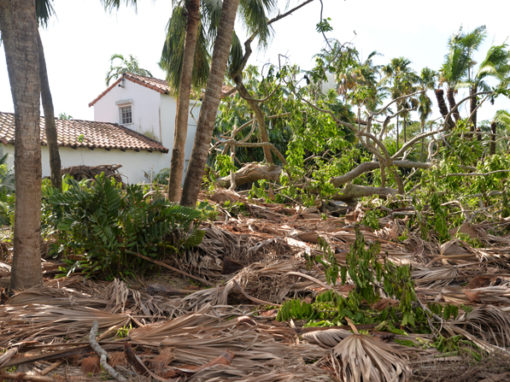
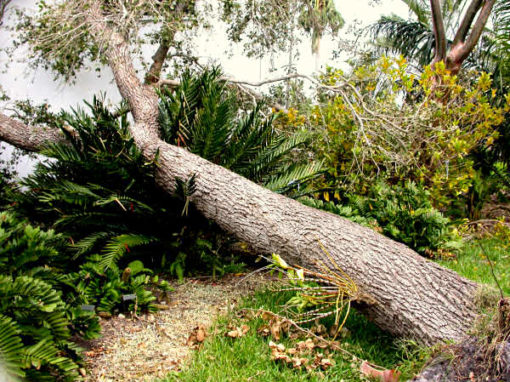
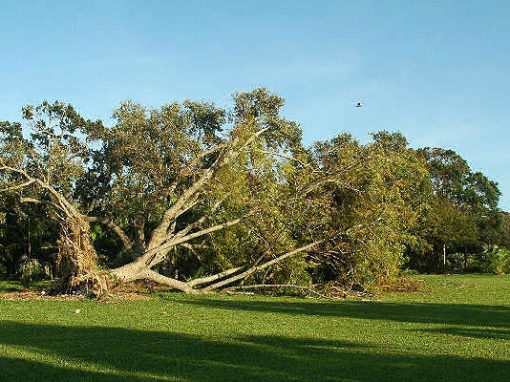
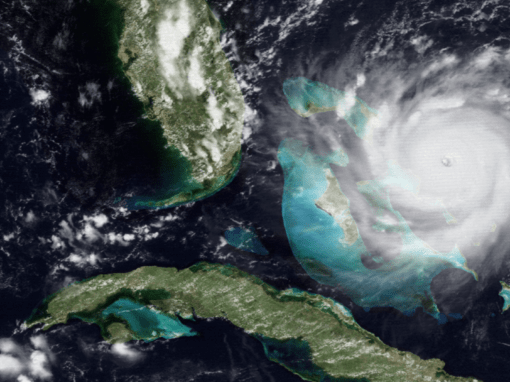
In addition to excellent growing conditions, South Florida also sees occasional hurricanes, which present a challenge to plant collections. Through vigorous curatorial efforts, those events can also provide opportunities for research.
Hurricane Research at Montgomery
Initial findings from 2005:
Montgomery Botanical Center staff presented collections-based research at Botany 2006 that was informed by 2005’s hurricane season.
Biogeography of hurricane tolerance:
Carribean palms are more wind resistant. See our 2008 scientific paper, in Annals of Botany. There is a strong correlation between geographic origin and hurricane survival — evidence of natural selection.
Stem shape and hurricane tolerance:
Again, Caribbean palms are most resistant, even when accounting for stem thickness. The results are in our 2013 study, published in PALMS.
Hurricane preparedness for botanic gardens:
Montgomery shared its hurricane plan with the public garden community in 2016 (just in time for Hurricane Irma).
Plant collection “half-life” and hurricanes:
Following Hurricane Irma, the Montgomery Team took a long view of how plant collections change over time. The study was featured on the cover of Curator: The Museum Journal.
Hurricane response protocols:
Prior to Hurricane Wilma, MBC refined its hurricane response protocols. These protocols were also used in Hurricane Irma.
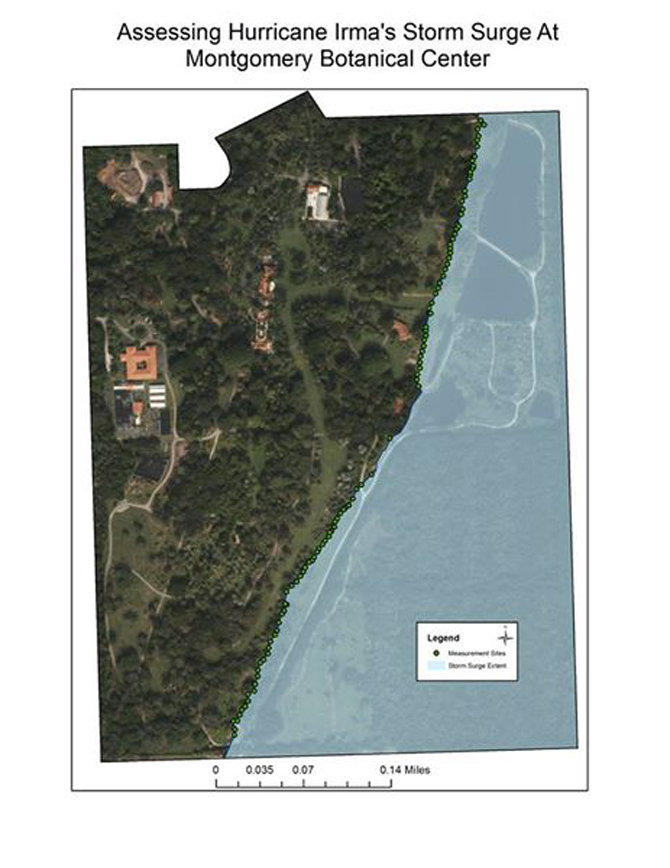
Storm Surge at Montgomery Botanical Center by Gregory Barber
Photographs
Below are links to pages showing some of the damage the collections sustained from the hurricanes that impacted Montgomery Botanical Center, including our cleanup and recovery efforts.
Hurricane Katrina (2005) Hurricane Wilma (2005) Hurricane Irma (2017)
GIS Visualization
Ongoing research is looking at potential spatial relationships or patterns in the observed hurricane damage. In this map, the locations at MBC of the plant deaths that were caused by hurricanes are seen at a glance.
GIS staff overlaid the locations on a LIDAR First-Return image to get an idea of the canopy coverage and open space around the various sites. These locations can then be cross-referenced by species, genus, origin, or many other factors when examining the impact of the storms in more detail.
With thousands of plants, historical properties, and a full staff of locals, planning and responding to major weather disasters can be a challenging undertaking. You can help us do both by contributing to our Disaster Recovery Fund.

